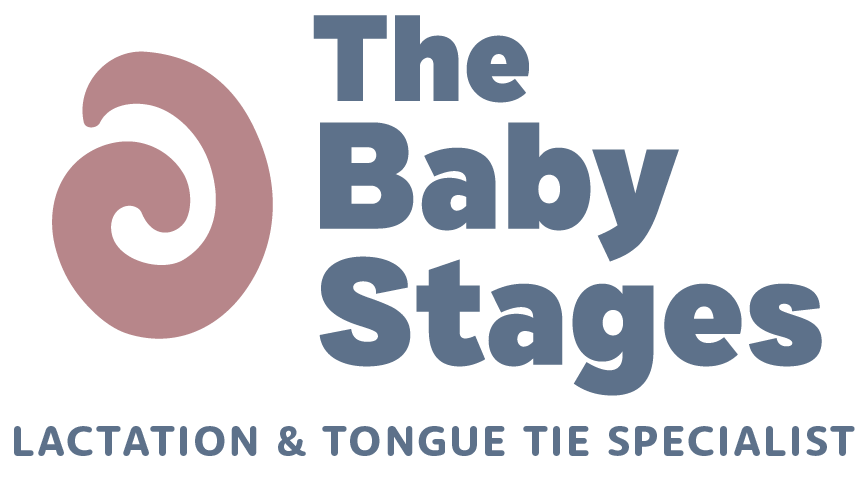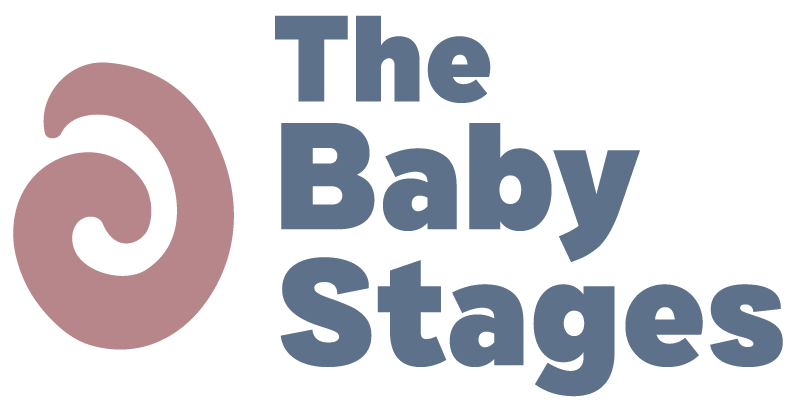Is my Baby Getting Enough Milk?
As a new parent, it's common to worry whether your baby is getting enough breast milk. In addition to actively looking and listening for swallowing, there are other signs you can watch for to know if your baby is getting enough breastmilk.
signs you can watch for to know if your baby is getting enough breastmilk.
Weight gain
In the first few days after birth, babies will typically lose some weight as they adjust to life outside the womb. However, after the first week, babies should start to gain weight at a steady rate. It's important to note that every baby is different and will gain weight at their own pace. Your healthcare provider will monitor your baby's weight gain at regular check-ups to ensure they are growing appropriately.
Wet nappies
Your baby should have at least 6 to 8 wet nappies a day after the first week of life. The urine should be pale and odourless. If you notice that your baby is not producing enough wet nappies, it could be a sign that they are not getting enough milk.
Dirty nappies
Your baby should have at least 3 to 4 bowel movements a day during the first few weeks of life. It should be transitioning in colour. Black to green to mustard. After that, they may have fewer bowel movements, but they should still have regular bowel movements. The stools should be soft and yellow.
Contentment after feeding
If your baby seems content and satisfied after a feeding, this is a good sign that they are getting enough milk.
Alertness and energy
If your baby is alert, active, and has good energy levels, this is another positive sign that they are getting enough milk. A well-fed baby will typically have good muscle tone, be active, and engage with their surroundings. It's also normal for babies to cluster feed, which means they may nurse more frequently for a period of time before settling into a regular feeding pattern.
Stimulating your sleepy baby
It's important to ensure that a sleepy baby breastfeeds every couple of hours or at least 10 to 12 times in a day. To wake them up and encourage them to feed, you can hold them skin-to-skin and help them latch on during periods of light sleep or as they start to wake up. You can also try stroking them, tickling their toes, or changing their nappy to help stimulate them.
It's also important to trust your instincts and pay attention to your baby's feeding cues.
If your baby seems hungry, even after a feeding, or is excessively fussy, this may be a sign that they need more milk. If you're having trouble getting your baby to breastfeed, it's a good idea to seek the help of an International Board Certified Lactation Consultant (IBCLC) who can provide personalized guidance and support to get breastfeeding back on track.

